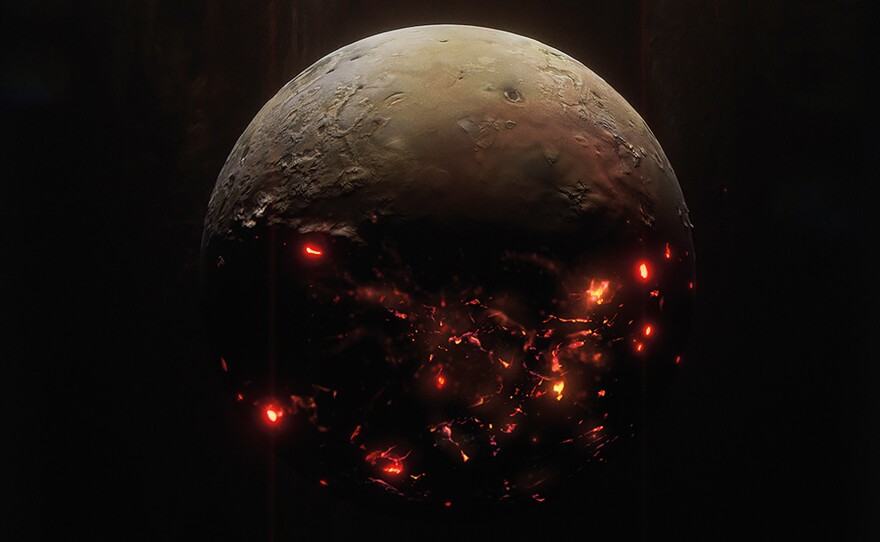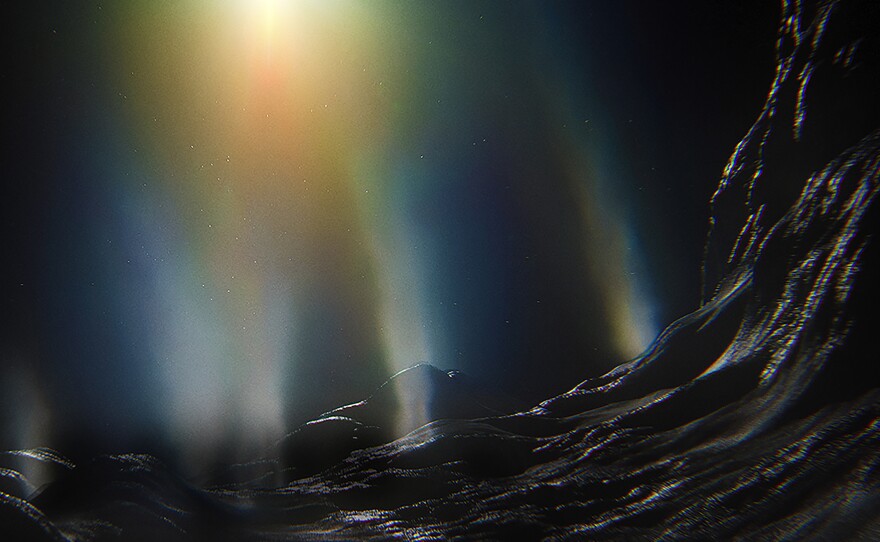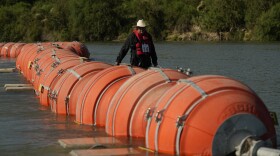Premieres Wednesdays, Oct. 2 - 30, 2024 at 9 p.m. on KPBS TV / PBS app
New discoveries are proving it – our solar system is a weird place, filled with bizarre worlds shaped by extreme forces unimaginable here on Earth. With stunningly realistic animations, find out why our cosmic neighborhood is so full of surprises on the five-part series NOVA: SOLAR SYSTEM.
EPISODE GUIDE:
Episode 1: “Storm Worlds” premieres Wednesday, October 2 at 9 p.m. on KPBS TV / PBS app - Out in the solar system, the weather gets wacky – with globe-spanning dust storms, monsoons of liquid methane, and lightning 10 times stronger than here on Earth. Discover the forces driving the dramatic weather on neighboring planets and moons.
Episode 2: “Strange Worlds” premieres Wednesday, Oct. 9 at 9 p.m. on KPBS TV / PBS app - From a dwarf planet that looks like a deflated football, to a tiny moon with cliffs taller than Mt. Everest, to the spectacular rings of Saturn, discover how the effects of gravity produce the amazing variety of weird worlds in our solar system.
Episode 3: “Volcano Worlds” premieres Wednesday, Oct. 16 at 9 p.m. on KPBS TV / PBS app - Around our solar system, violent eruptions are shaping distant worlds. Discover the explosive forces that helped create some of the most dynamic worlds in our cosmic neighborhood – and what makes the volcanoes right here on Earth so special.

Episode 4: “Icy Worlds” premieres Wednesday, Oct. 23 at 9 p.m. on KPBS TV / PBS app - Out in the solar system, ice can get bizarre. Visit strange, frozen worlds – from Uranus’s ultra-hot superionic ice, to glaciers of nitrogen ice on Pluto, to carbon dioxide snow on Mars – and discover why the ice here on Earth is so unique.

Episode 5: “Wandering Worlds” premieres Wednesday, Oct. 30 at 9 p.m. on KPBS TV / PBS app - From meteorites that impact Earth, to a moon that orbits backwards, to an imposter lurking in the asteroid belt, a variety of strange, wandering worlds are rewriting what we know – and even how we think about – our solar system.

Episodes will be available to stream with the PBS app. Watch the best of PBS anytime, anywhere on the free PBS app. Stream your favorite PBS shows on-demand and livestream shows from your local station, all from your favorite device.
NOVA is on Facebook / Instagram / X
Credit: GBH





